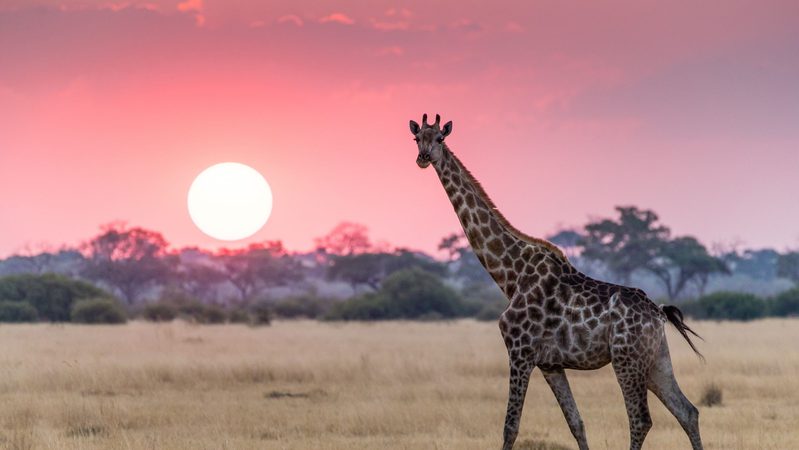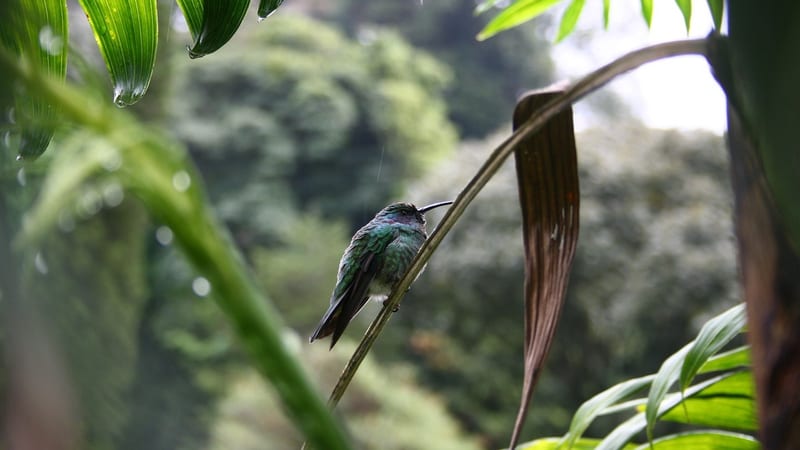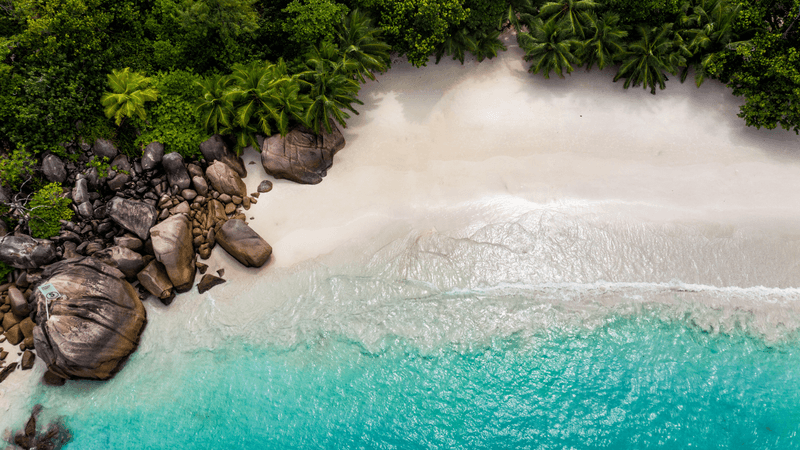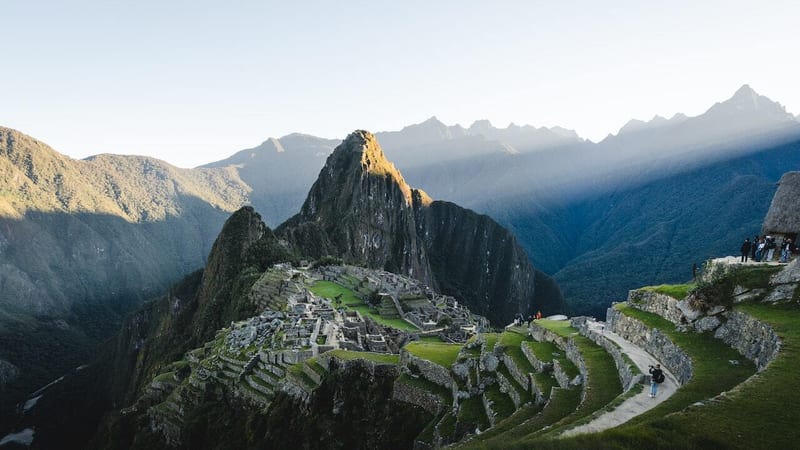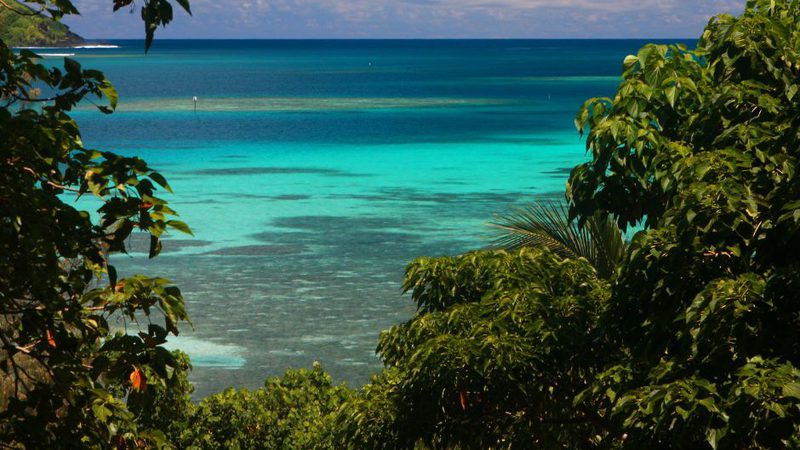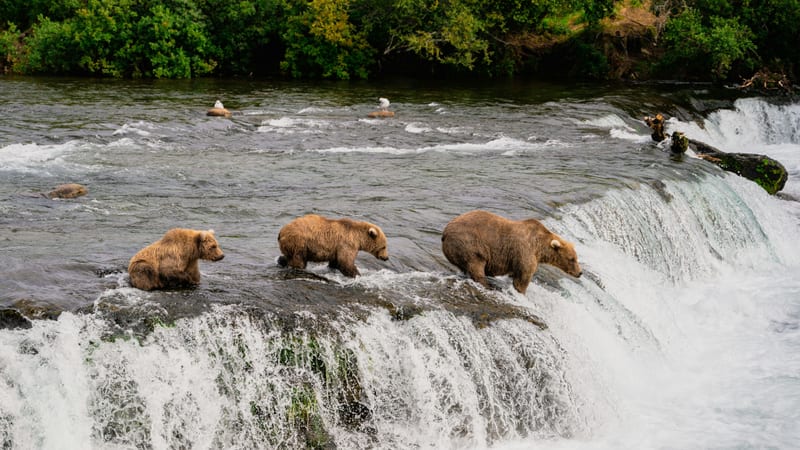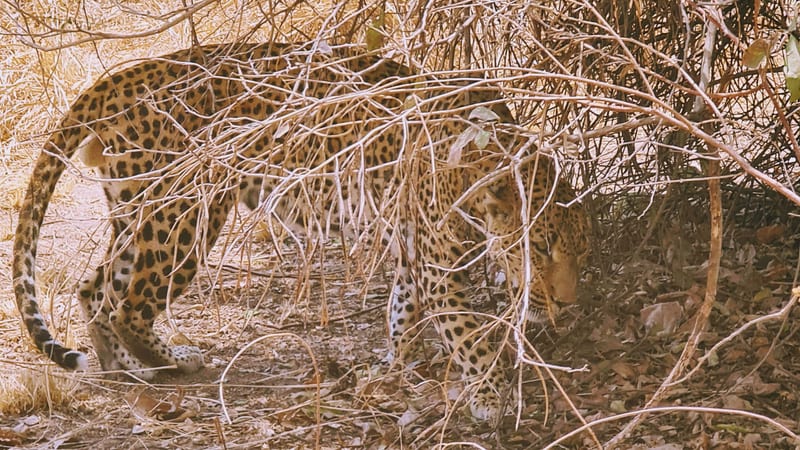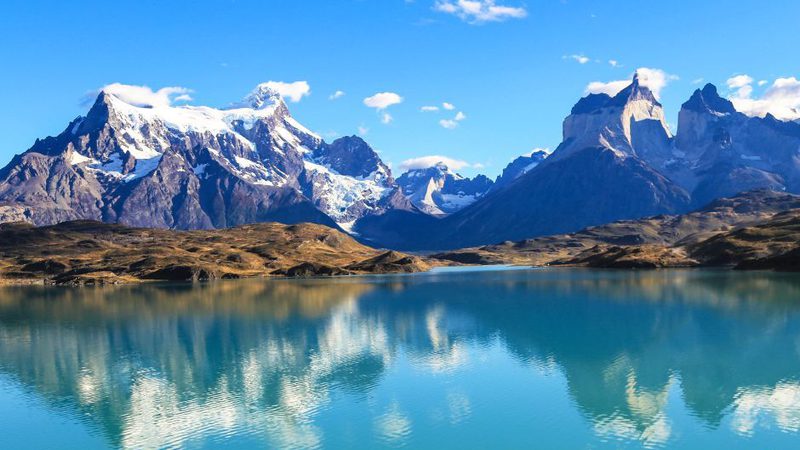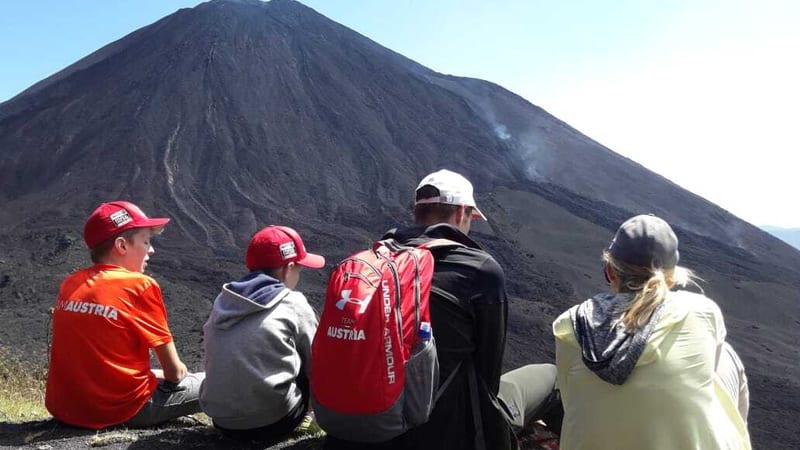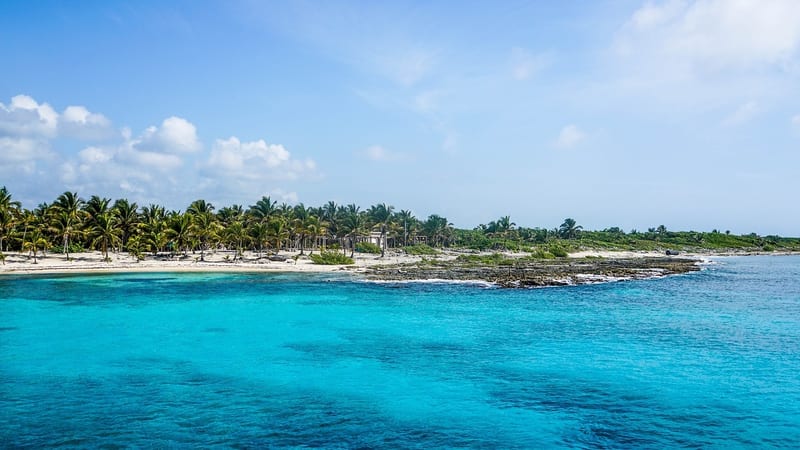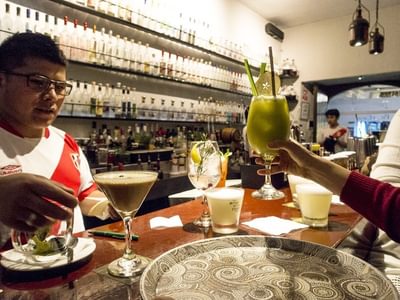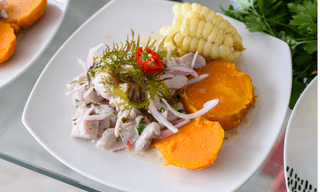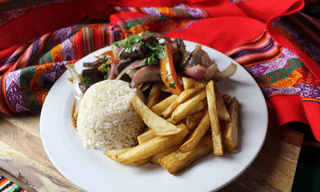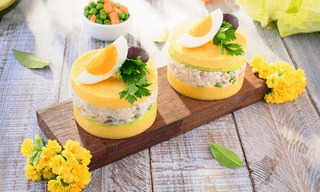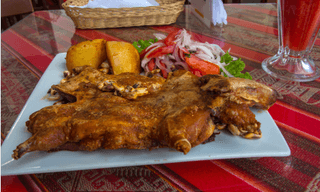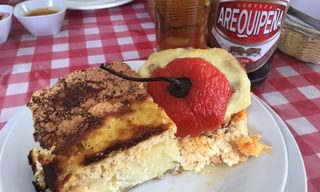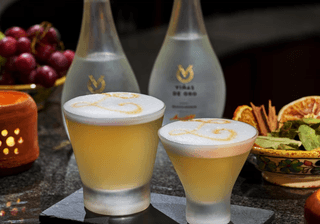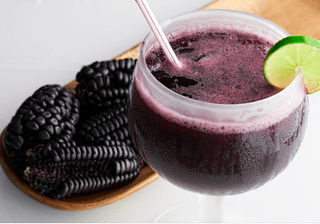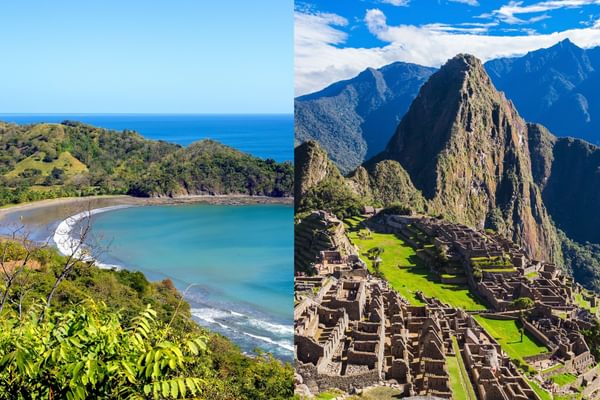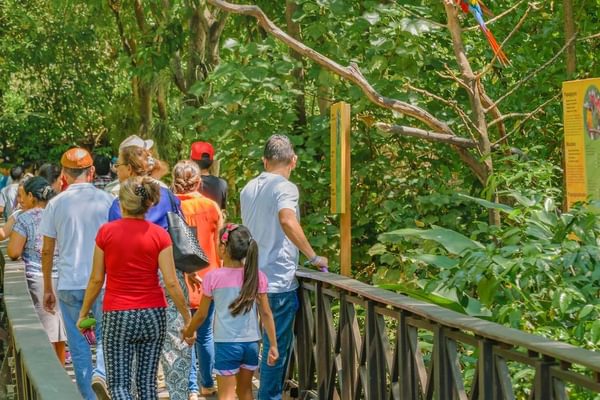Peru Trip Inspiration

Amanda
Travel Expert
When to go to Peru
Peru is a country that can be visited year-round, as it has a diverse climate and a range of activities to suit every season. Here's a short month-by-month guide to help you decide when to visit:
- Best
- Good
- Mixed
- Jan
- Feb
- Mar
- Apr
- May
- Jun
- Jul
- Aug
- Sep
- Oct
- Nov
- Dec
January
January is a great time to visit the coastal regions of Peru, including Lima, Paracas, and Mancora. The weather is warm and sunny along the coast, making it perfect for beach activities and water sports.
Coastal Areas (Lima, Paracas, Nazca): Warm and humid with temperatures around 25-30°C (77-86°F).
Highlands (Cusco, Machu Picchu): Rainy season, so expect occasional showers and some trekking routes may be closed.
February
In February, you can experience the vibrant Carnival celebrations in various cities like Cajamarca and Puno. The festivities feature colorful parades, music, and dancing, offering a unique cultural experience.
Coastal Areas: Remains warm and humid with temperatures similar to January.
Highlands: Still the rainy season, but rainfall starts to decrease towards the end of the month. Some trekking routes may be accessible again.
March
March is an excellent time for outdoor activities in the Andes as the rainy season starts to wind down. It's a good month for trekking and exploring the natural beauty of the mountains.
Coastal Areas: The weather remains warm, but humidity starts to decrease.
Highlands: The rainy season is ending, and the landscape is lush and green.
April
It's an ideal time to visit the jungle regions, where you can witness lush vegetation and a variety of wildlife.
Coastal Areas: Autumn sets in, temperatures begin to drop, and fog becomes more common in Lima.
Highlands: The start of the dry season, making it an excellent time to visit Cusco and Machu Picchu.
May
May is a shoulder season with generally mild weather and fewer tourists. It's a good time to explore popular destinations like Machu Picchu and Cusco before the peak tourist season begins.
Coastal Areas: Foggy mornings in Lima, but the sun usually breaks through later in the day.
Highlands: The dry season continues, with pleasant and sunny days.
June
June is an excellent month to visit Cusco and attend the Inti Raymi festival, which celebrates the Incan sun god Inti. This festival features colourful processions and ancient rituals, adding to the cultural richness of the experience.
Coastal Areas: Cool temperatures in Lima due to the influence of the cold Humboldt Current.
Highlands: One of the best months to visit Cusco and Machu Picchu, with minimal rainfall and comfortable temperatures during the day.
July
July is the peak tourist season in Peru, especially around Independence Day (July 28th). It's a great time to visit all regions of the country, including the coast, mountains, and rainforest.
Coastal Areas: Lima's winter, cool and misty.
Highlands: Dry season continues, but July also marks the beginning of the high tourist season. Plan ahead and expect crowds
August
August is a good time to trek the Inca Trail to Machu Picchu, but make sure to book in advance, as permits can sell out quickly during this popular time of year.
Coastal Areas: Similar to July, cool and misty in Lima.
Highlands: High tourist season continues. It's essential to book treks and accommodations in advance.
September
September is a transition month when the crowds start to thin out, and the weather remains pleasant in most regions. It's a good time for sightseeing and outdoor activities.
Coastal Areas: Springtime starts, and temperatures begin to rise in Lima.
Highlands: Crowds start to thin out, but the weather remains favourable.
October
October is another shoulder season with fewer tourists. The weather is still favourable, making it an ideal time for exploring different parts of the country.
Coastal Areas: Pleasant spring weather in Lima.
Highlands: The dry season continues, and this month is still a good time to visit.
November
November marks the beginning of the rainy season on the coast, so it's best to focus on the Andes and the Amazon during this month.
Coastal Areas: Springtime in Lima, with warmer temperatures.
Highlands: The dry season ends, and the rainy season begins, so expect occasional showers.
December
It is festive time in Peru, with various Christmas and New Year celebrations taking place throughout the country. Coastal regions are popular for holiday getaways, with warm weather and beach activities.
Coastal Areas: Warm and comfortable temperatures in Lima, ideal for beach activities.
Highlands: The rainy season continues, but it's still possible to visit. Just be prepared for wet conditions.

